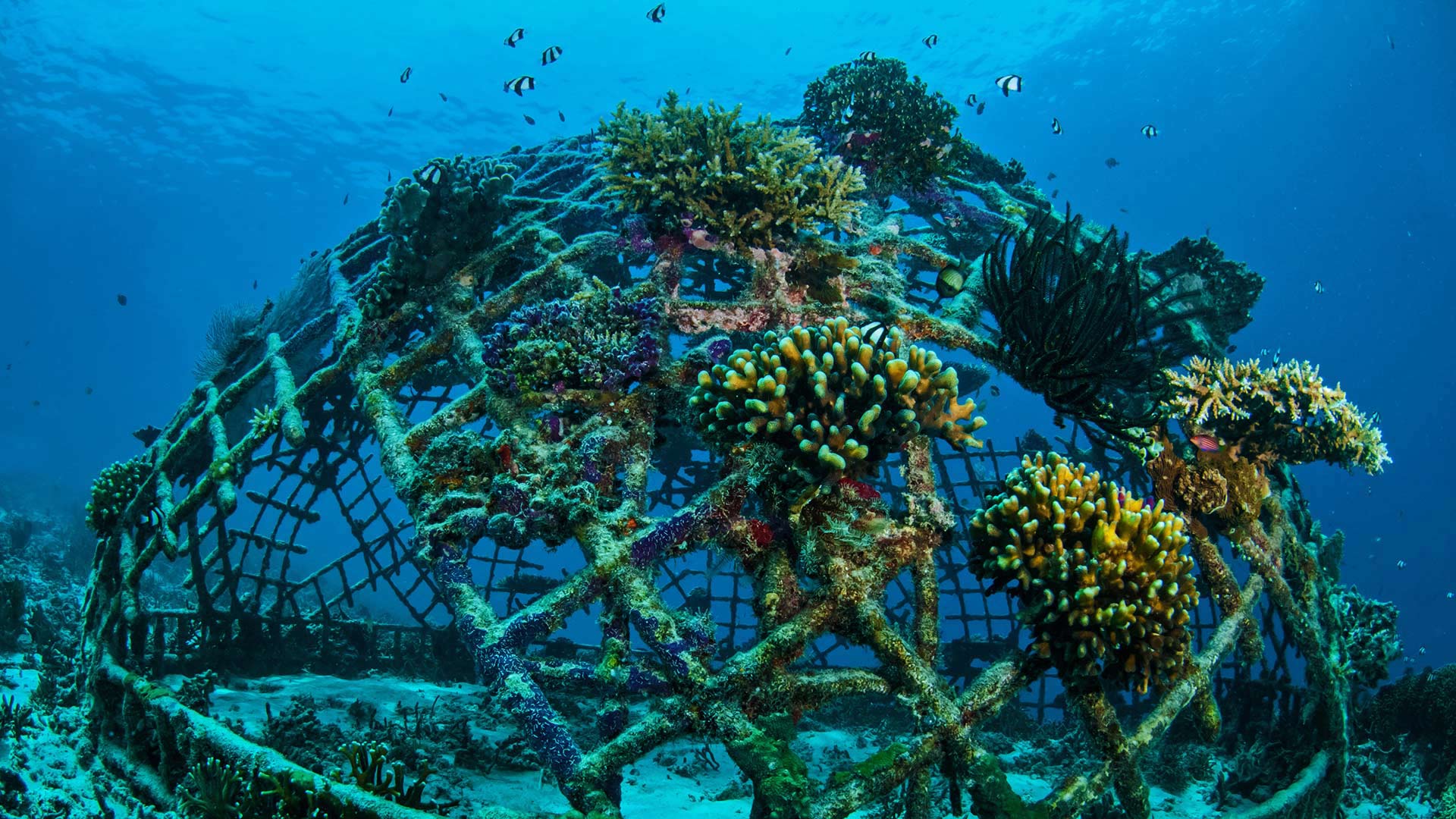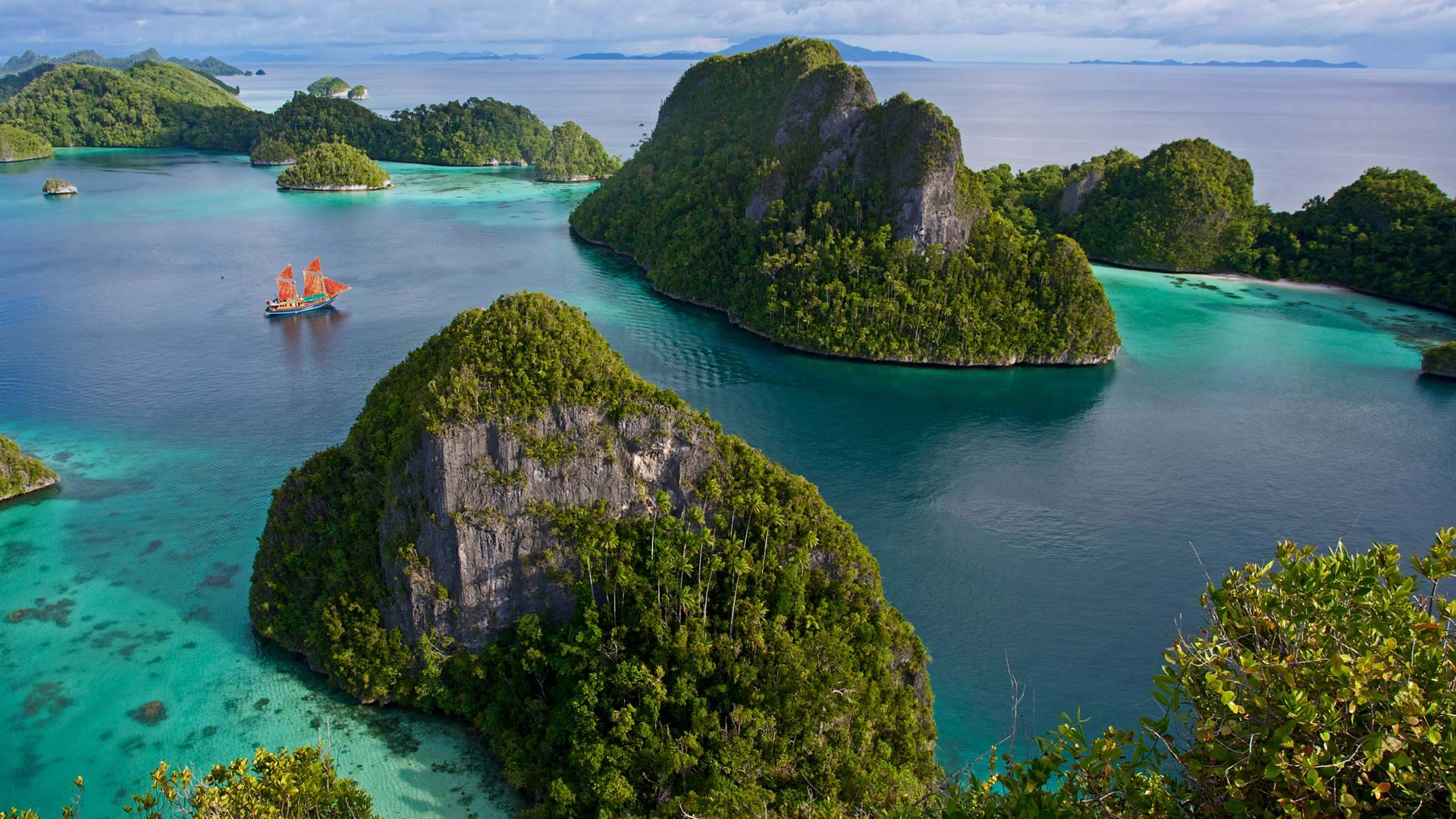标签 印度尼西亚 下的文章
中爪哇省的婆罗浮屠,印度尼西亚 Borobudur in Central Java, Indonesia (© Oleh Slobodeniuk/Getty Images)
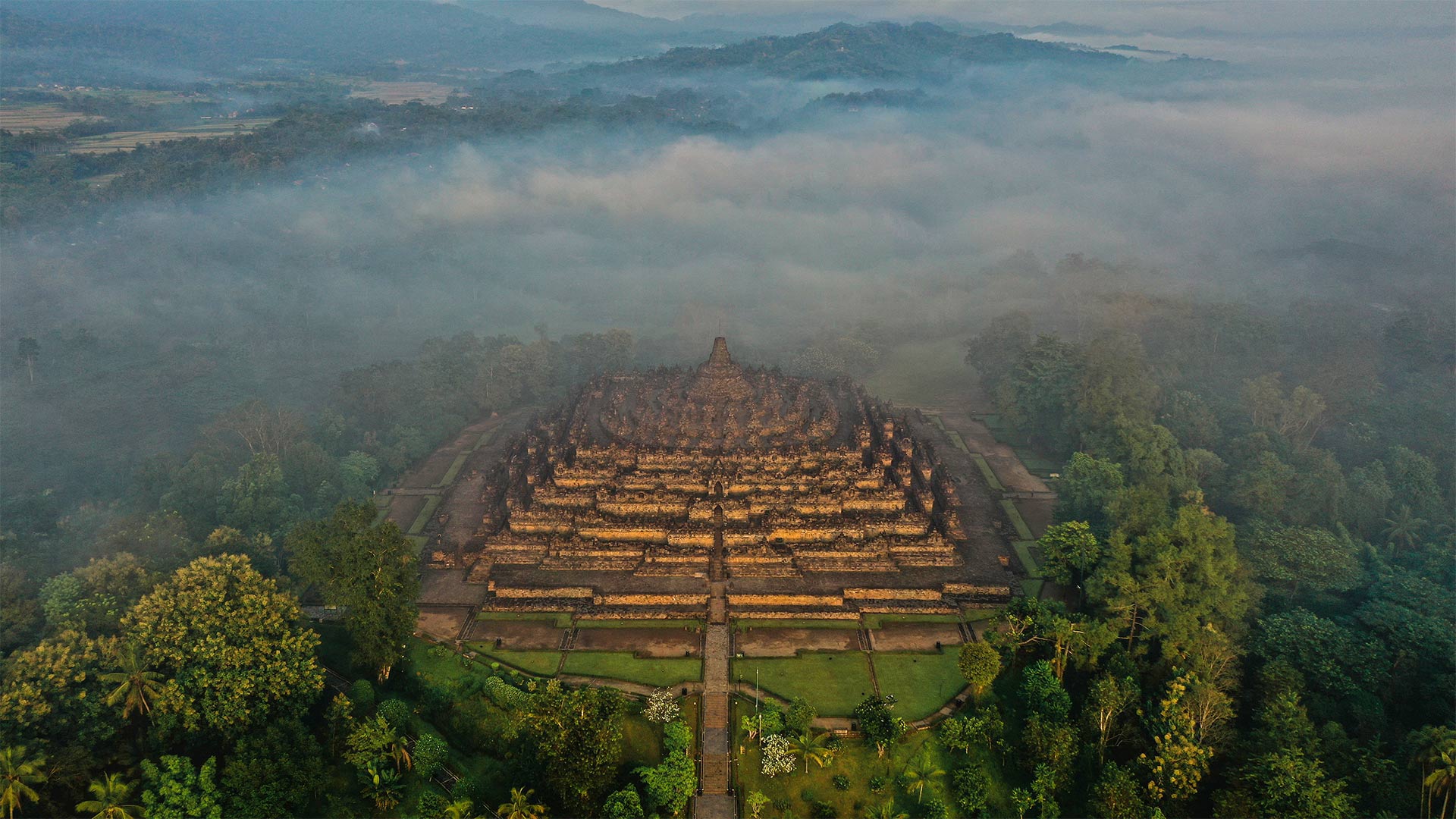
中爪哇省的婆罗浮屠,印度尼西亚 Borobudur in Central Java, Indonesia (© Oleh Slobodeniuk/Getty Images)
A giant relic in Java
This photo shows the quiet, mist-shrouded wilderness surrounding the Buddhist temple known as Borobudur. The site is among the most-visited attractions on the island of Java, with devout practitioners making pilgrimages to the holy site and curious tourists coming to see the grandeur of the structure. With 504 Buddha statues and 2,672 sculpted relief panels, Borobudur was likely constructed in the 9th century and abandoned in the 14th as much of the Indonesian population converted from Buddhism and Hinduism to Islam.
Over time it became engulfed by the jungle, and only locals knew of its existence. In the early 1800s, the occupying British administration learned of the temple and sent a Dutch engineer and 200 workers to cut down trees, burn vegetation, and dig away the earth to reveal the monument. Borobudur was eventually restored and given preservation status under UNESCO guidelines.
Life in the nearby town of Muntilan and other Indonesian locales will be even more active than usual on August 17, as that date is Indonesia's Independence Day. The nation of islands at the crossroads of the Indian and Pacific oceans declared independence in 1945 and made the date a national holiday eight years later. The people of Indonesia were freeing themselves from three centuries of Dutch rule.
以阿贡火山为背景Sidemen山谷中的稻田,印度尼西亚巴厘岛 Rice fields in the Sidemen Valley, with Mount Agung in the background, Bali, Indonesia (© Jon Arnold/Danita Delimont)
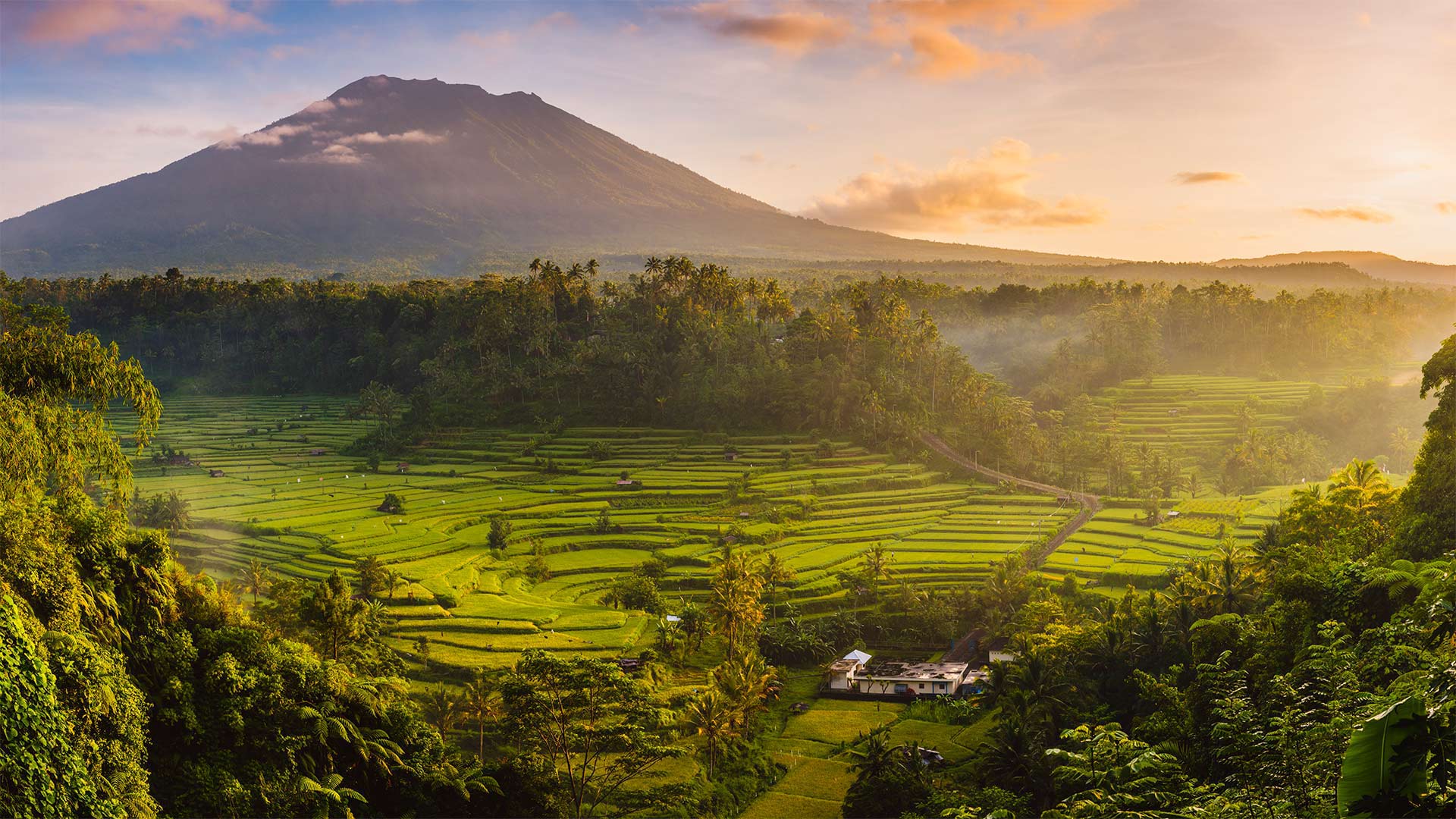
以阿贡火山为背景Sidemen山谷中的稻田,印度尼西亚巴厘岛 Rice fields in the Sidemen Valley, with Mount Agung in the background, Bali, Indonesia (© Jon Arnold/Danita Delimont)
Green fields of grain
We're looking down on the lush fields of the Sidemen Valley, sitting in the shadow of Bali's tallest mountain, Mount Agung. In May, this Indonesian province marks the end of the harvest season of a key staple—rice. Towns and villages are decorated with colorful flags, and farmers erect shrines to Dewi Sri, the rice goddess. Small, handmade straw dolls depicting the goddess are left here and there in further tribute. Before 'social distancing' entered the global vocabulary, people came together to share traditional food and indulge in fun and games, like water buffalo races through the streets. This year, to be sure, the celebrations will be more subdued, more private, though the gratitude for a bountiful harvest, we suspect, just as deeply felt.
Tegallalang terrace farms in Ubud, Bali, Indonesia (© gorgeoussab/Shutterstock)
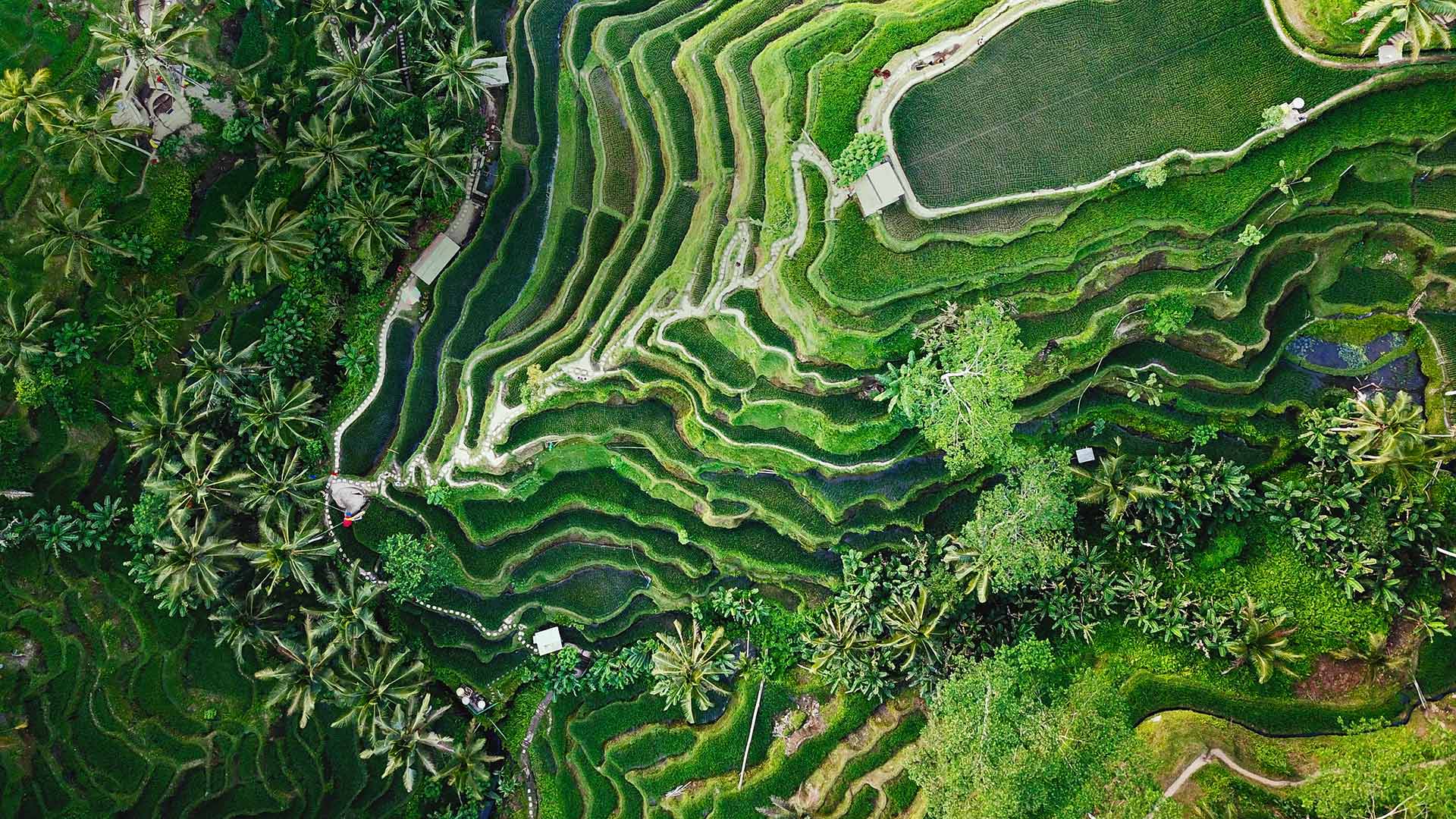
Tegallalang terrace farms in Ubud, Bali, Indonesia (© gorgeoussab/Shutterstock)
A lush, green escape
With the tourist season winding down and rainy season still forthcoming, September is an ideal time to visit Bali. If you’re lucky enough to go, plan a daytrip to the Tegallalang farming terraces in Ubud, where visitors can capture gorgeous photos of the landscape and get a unique glimpse into Balinese culture. The island of Bali has a rich tradition of agriculture, with an especially unique method of water management for rice farming. The irrigation system here, known as Subak, is recognized by UNESCO for its cultural significance. Water flows through temples and into the rice paddies, carved into the hillsides like steps. It's a tradition that dates back thousands of years, based on the Balinese philosophical principle of Tri Hita Karana, which refers to a relationship between humans, the earth, and the gods.
苏门答腊海岸正在喷发的喀拉喀托火山,印度尼西亚 Anak Krakatoa volcano erupting of the coast of Sumatra, Indonesia (© Martin Rietze/Alamy)
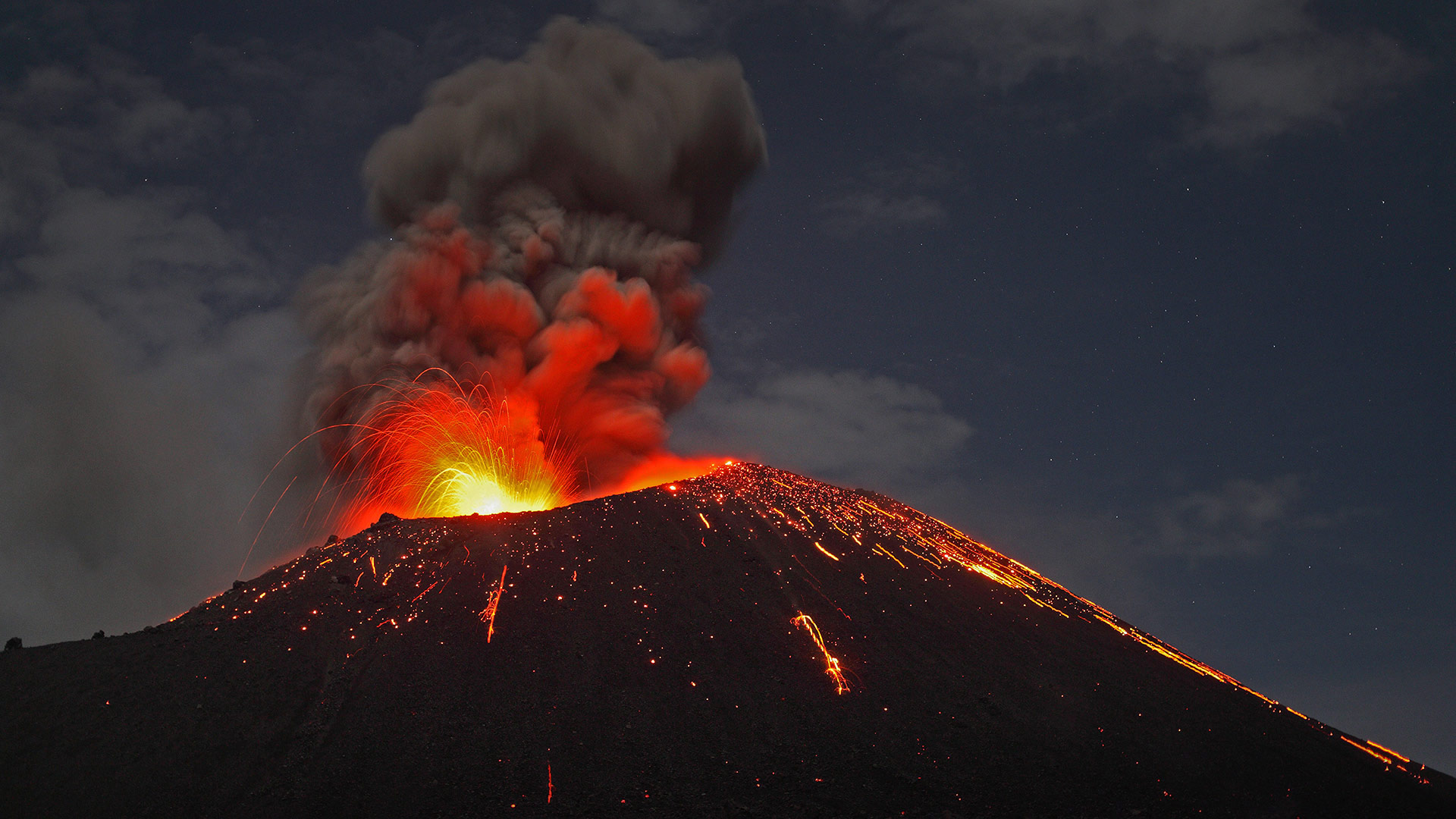
苏门答腊海岸正在喷发的喀拉喀托火山,印度尼西亚 Anak Krakatoa volcano erupting of the coast of Sumatra, Indonesia (© Martin Rietze/Alamy)
Remembering Krakatoa
Over two days in late August 1883, Krakatoa—an uninhabited island near Indonesia—experienced one of the most destructive volcanic explosions of modern times. Ten times more powerful than the eruption of Mount St. Helens, the explosion obliterated all but a third of the island. The blast could be heard 3,000 miles away—it's still the loudest sound ever recorded—and triggered massive tsunamis. More than 36,000 people lost their lives, and the explosions impacted the entire world: Global temperatures dropped and skies darkened for years, causing huge crop failures. Sunsets turned a vivid red and the moon was often blue or green for years after the event due to the volcanic debris circling in the atmosphere.
The volcano we're featuring today emerged from the ruins of the giant that exploded on this day in August 1883. Anak Krakatoa, or ‘child of Krakatoa,' began to rise in 1927. Though it has yet to be as destructive as its predecessor, the juvenile volcano is highly active, and a collapse of the lava dome in December 2018 caused a massive tsunami, a reminder of just how dangerous this part of the world remains.
吉利群岛上生长着珊瑚的人工珊瑚礁,印度尼西亚 (© fenkieandreas/Getty Images Plus)
the Pura Meduwe Karang神庙中雕刻艺术家W.O.J.Nieuwenkamp的作品,印度尼西亚巴厘岛 A carving of artist W.O.J. Nieuwenkamp in the Pura Meduwe Karang temple in Bali, Indonesia (© John Elk III/Getty Images)
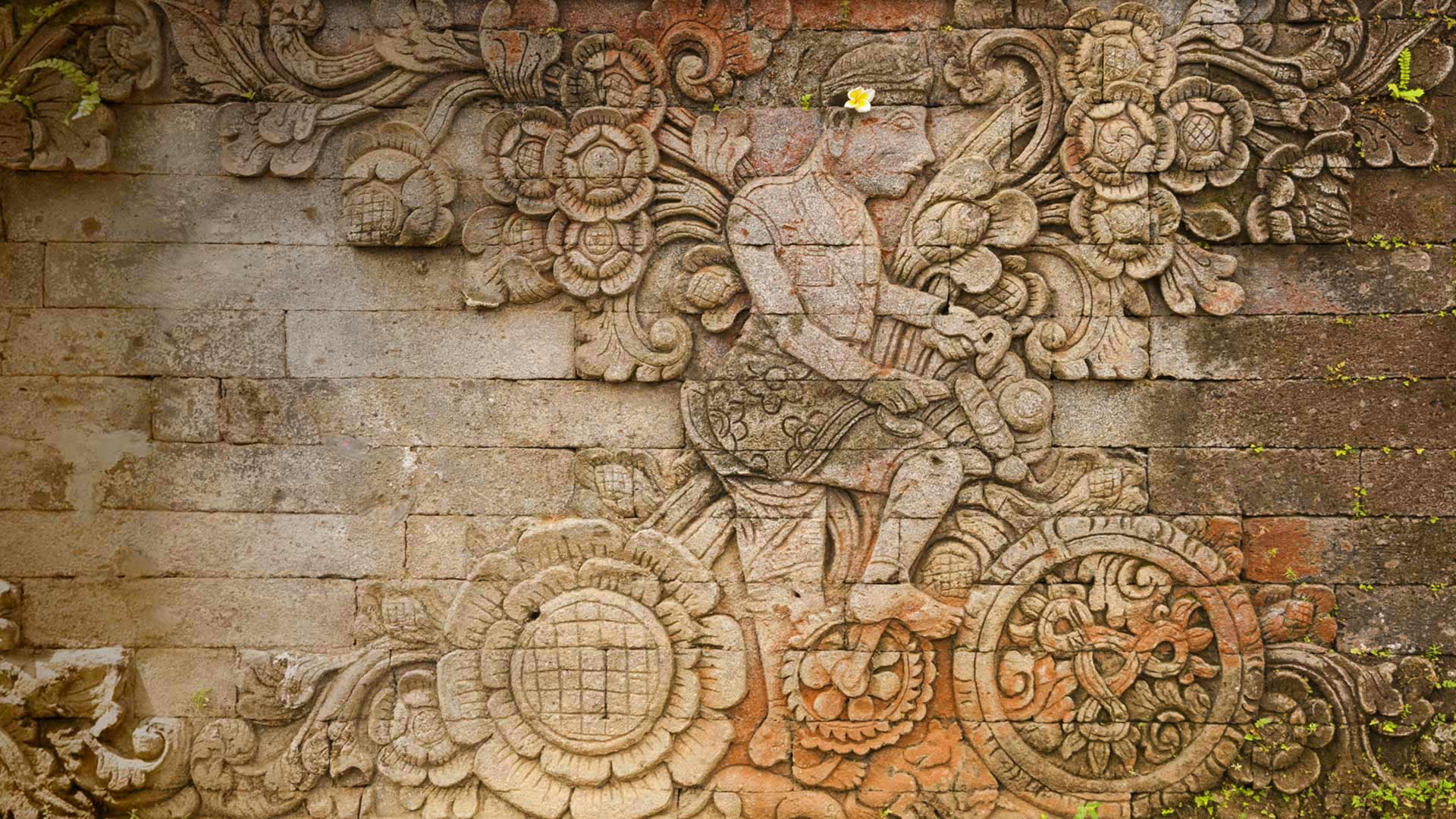
the Pura Meduwe Karang神庙中雕刻艺术家W.O.J.Nieuwenkamp的作品,印度尼西亚巴厘岛 A carving of artist W.O.J. Nieuwenkamp in the Pura Meduwe Karang temple in Bali, Indonesia (© John Elk III/Getty Images)
Work out on your way to work
The third Friday in May is National Bike to Work Day, which encourages commuters to try biking as a healthy and safe alternative to driving. The carving we're looking at is in Bali, Indonesia. It depicts W.O.J. Nieuwenkamp, a Dutch landscape and portrait artist who rode his bike around Bali in the early 1900s, painting as he went—essentially biking to work each day. Nieuwenkamp was the first European artist to visit Bali and was influential in introducing Balinese art to Europe. The carving is part of the Pura Meduwe Karang, one of the largest temples in Bali. The temple served as an entrance to the island in the early 20th century and contains several symbols of international influence to reflect that.
